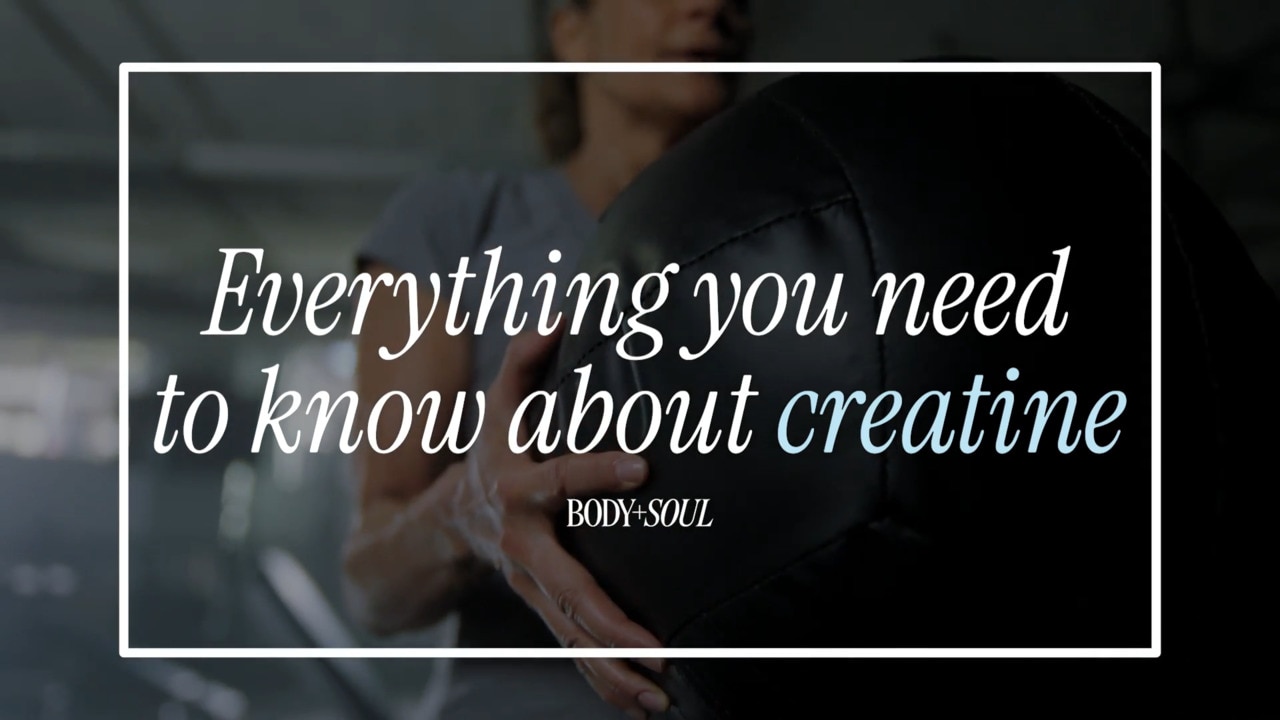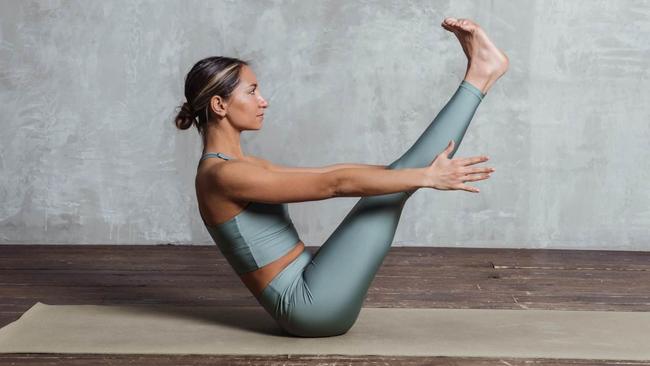What's the difference between abs and core?
What are your exercises targeting?

Lifestyle
Don't miss out on the headlines from Lifestyle. Followed categories will be added to My News.
“Engage your core”, “ab burner exercises” – what muscles are we actually using when we’re working out our stomachs?
“My core’s weak”, “I need to work on my abs” – the two terms are used often and interchangeably.
But there are some key distinctions between your abs and core, so here’s how to figure out which one your workout is focusing on.

What are abs?
Abs are often talked about in the context of how we look, with many of us scanning our stomachs post-sit-ups to try to spot two, four, or six-pack abs.
Short for abdominal muscles, your abs are made up of our pyramidalis, rectus abdominus, external obliques, internal obliques and transversus abdominis muscles, and sit at the front of your body.
They’re important for holding your organs in place, maintaining your posture, and supporting your core.

What is the core?
Abs are a part of the core, but so are several other muscles.
In addition to the abdominals, your obliques, pelvic floor, trunk extensors, diaphragm, and hip flexors make up the core, and all work together to keep us stable.
These muscles help you to complete daily basic functions, stabilise your spine and help you move, balance and even breathe.

By training your core, you’re working out your abs, back and hips, and setting your body up to maintain better form when working out other muscle groups.
How do you ‘engage’ your core?
The phrase is thrown around in the majority of workout classes, but what does it mean to engage your core?
Activating your core reduces the strain on your back when working out, while keeping you steady.

Some people, particularly those who haven’t learned how to correctly engage these muscles, subconsciously arch, lean on, or hyperextend other muscles to give them power during workouts.
But training without engaging your core can put you at risk of injuring your joints, ligaments, tendons, or can just make the session feel way harder than it needs to.
Many people hold their breath or suck their stomachs in without realising when trying to engage their core, but you should absolutely keep breathing, and assistant director of fitness and wellness at Rice University, Anatolia Vick explained to The New York Times that activating the area looks more like creating “a brace, by drawing your belly button into your spine, as if you’re about to get punched in the stomach”.
More Coverage
Originally published as What's the difference between abs and core?





